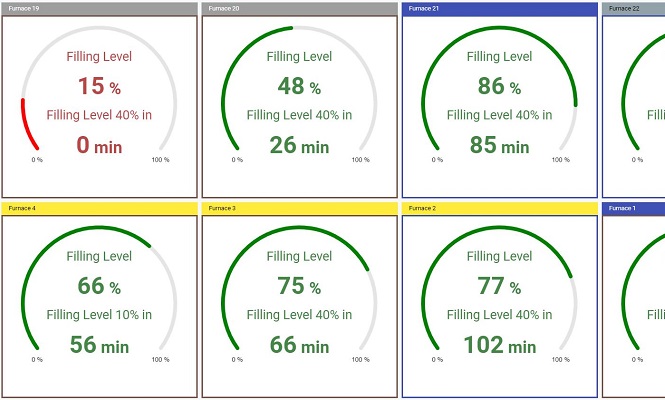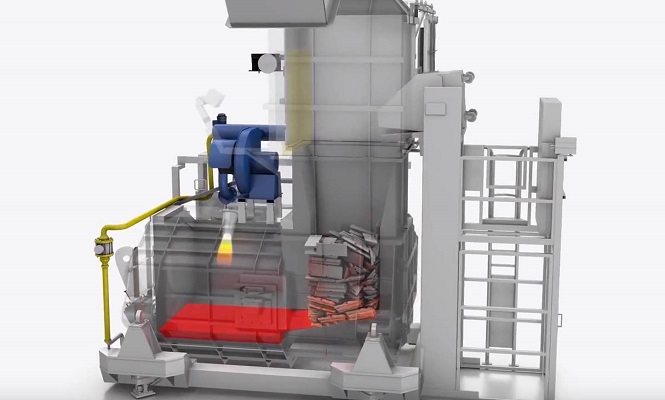With regional foundry markets diverging significantly in their investment and production focus, driven by both changing end-user requirements and the impact of the global pandemic, how is StrikoWestofen ensuring its furnace solutions continue to meet all needs?
We talk to Senior Vice President at StrikoWestofen, Peter Reuther, to find out.
With regional foundry markets diverging significantly in their investment and production focus, driven by both changing end-user requirements and the impact of the global pandemic, how is StrikoWestofen ensuring its furnace solutions continue to meet all needs?
We talk to Senior Vice President at StrikoWestofen, Peter Reuther, to find out.


